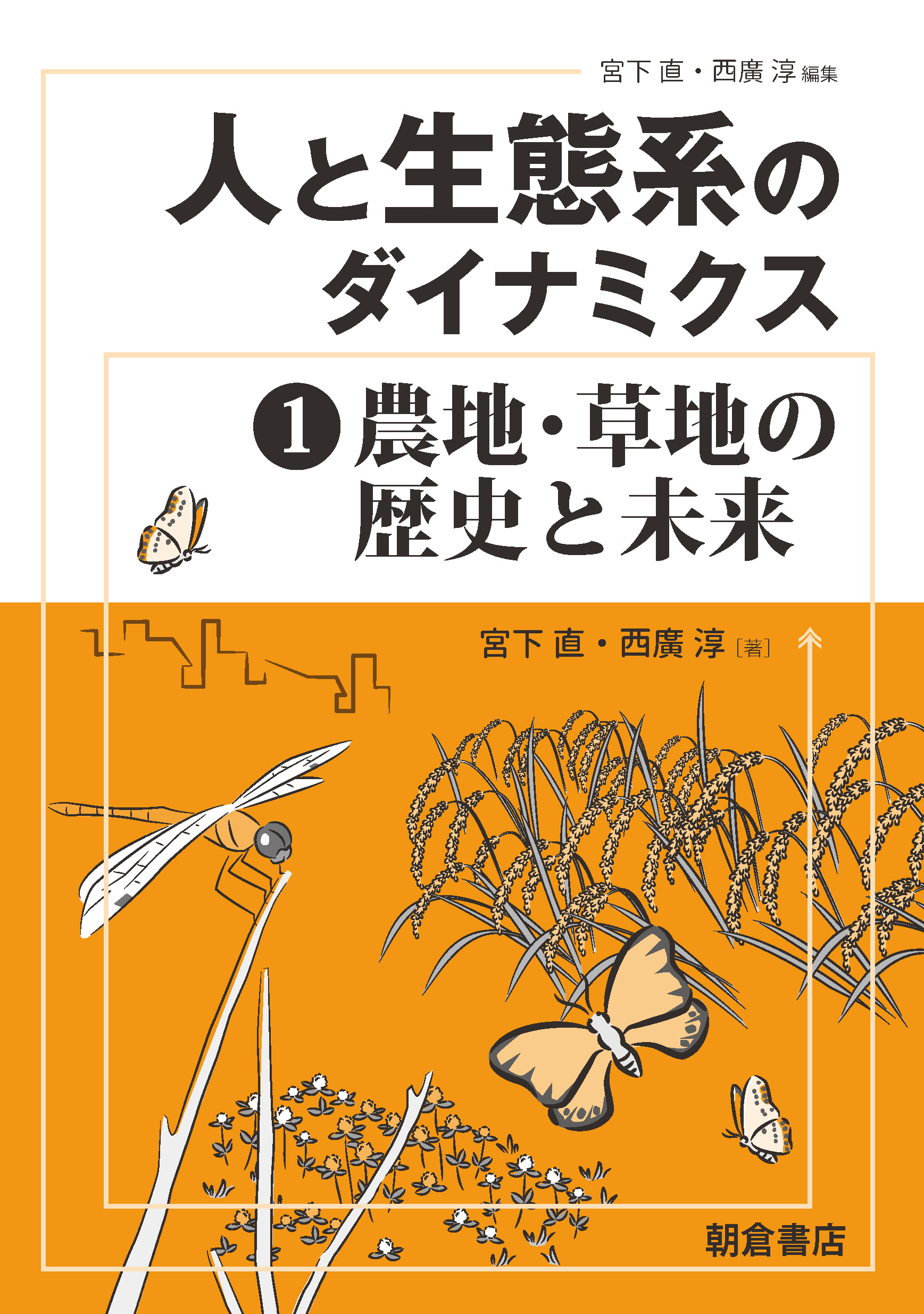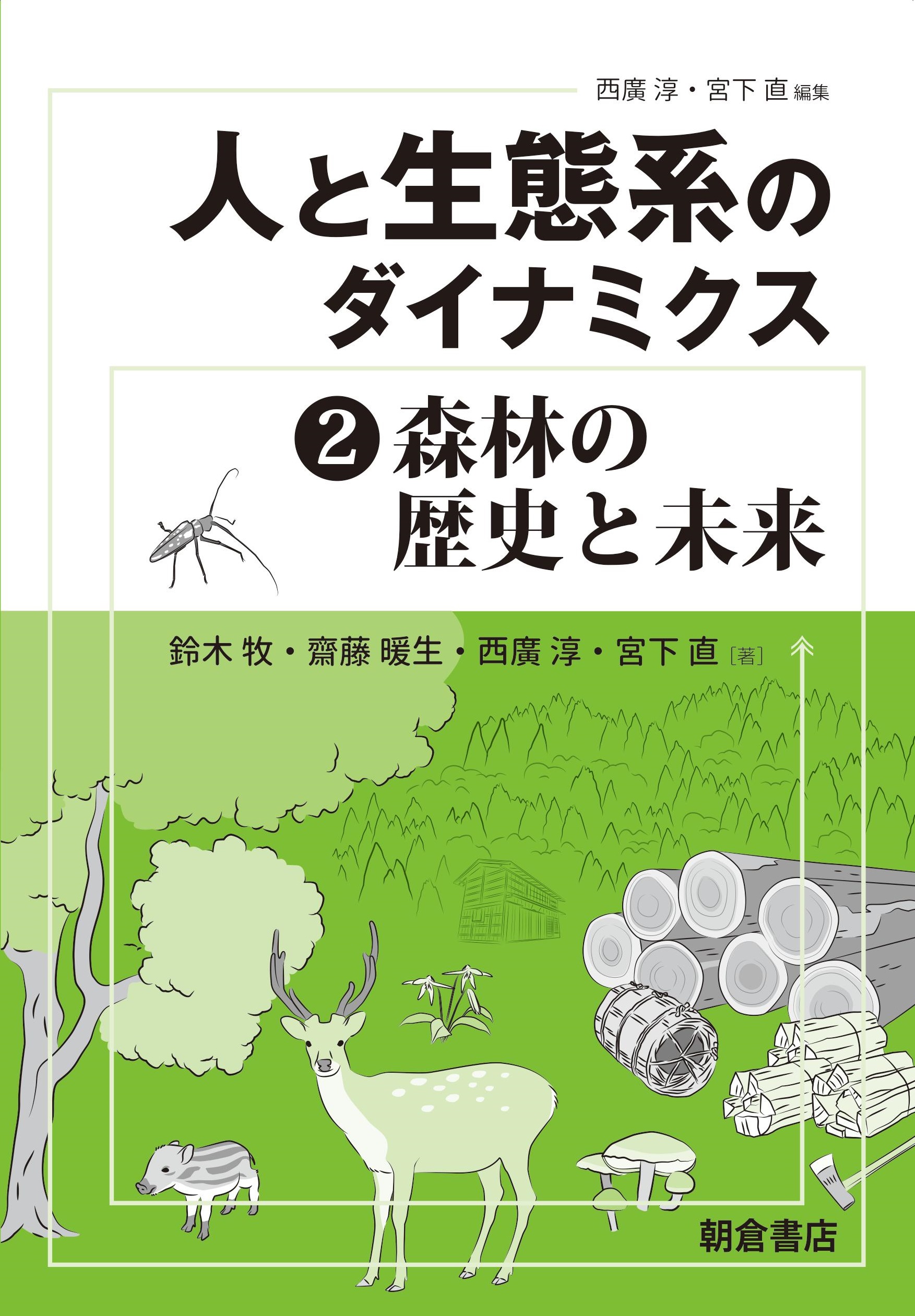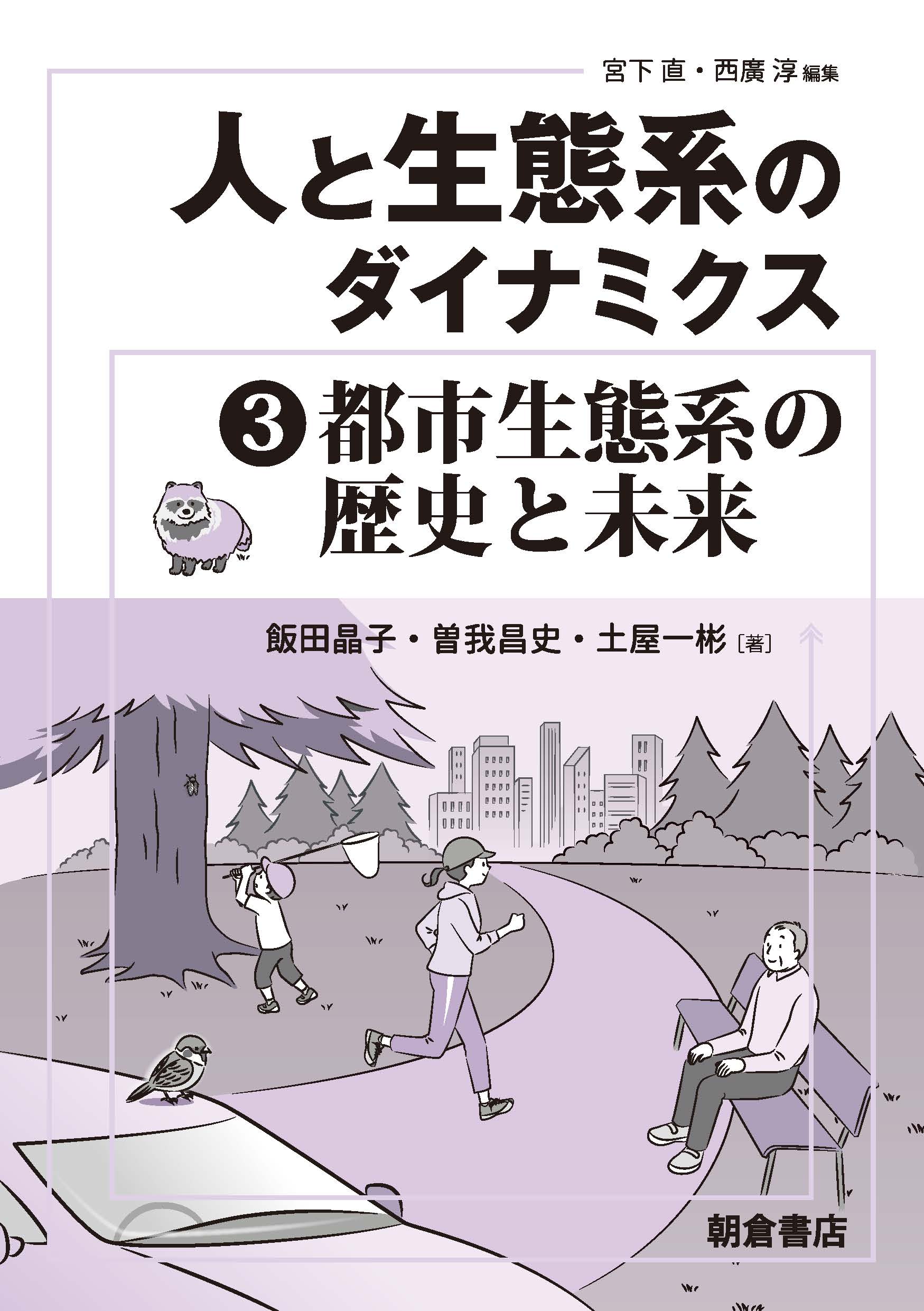
Title
The Dynamics between Humans and the Ecosystem 1 Nouch / Souch no Rekishi to Mirai (Farmland and Grassland: History and Future)
Size
176 pages, A5 format
Language
Japanese
Released
July 10, 2019
ISBN
978-4-254-18541-6
Published by
Asakura Publishing Co., Ltd.
Book Info
See Book Availability at Library
Japanese Page
At school and university, subject areas are arranged vertically. This situation makes it difficult to find interfaces between the humanities and sciences, or even between the various science-related subjects themselves. An excessively siloed curriculum contributes to a tedious, uninspiring experience for learners. The author of this book has approximately two decades’ experience in composing high school biology textbooks. Up until very recently, Japan’s Ministry of Education, Culture, Sports, Science and Technology showed scant interest in squarely dealing with the interfaces between biology, medicine, and society. The tide has now turned and the Ministry has instructed to actively take up the relationship between biology and other subjects and society. It is necessary to tear down the silos in education, as in other sectors. This book was inspired in part by such an awareness.
This book forms part of a series that summarizes compactly the history of humankind’s relationship with nature since the Last Glacial Period, drawing from a broad array of sources. It also explores the factors behind the environmental problems we face today. The series may seem run-of-the-mill at first glance, but it is far from that. It is neither a straightforward history nor a chronicle of the natural world. It takes a novel approach by focusing on how human societies have, in the course of their formation/development, interacted with the natural world and the flora and fauna therein. As such, it bridges the high-school subject areas of history, geography, civics, and biology. Universities are increasingly promoting interdisciplinary research and the integration of STEM and arts and humanities. Oftentimes, however, the result is an artificial, hodgepodge mix of research. This series should make readers aware, in a highly natural way, of the need for such integration.
Representing the first part of the series, this book focuses on the use of farmland for food production and discusses the dynamic interplay between humans and the natural world, including the roles of forests, rivers, coasts, and human population centers. Epitomizing such dynamics—and forming the key focus of this book—are the strong interrelations between paddy fields, grasslands, and woodland. Rice farmers must regularly fertilize their paddies to maintain soil performance. However, before the advent of chemical fertilizers, farmers would use composted branches and leaves. These materials would be gathered from the uncultivated wildland. Accordingly, for every rice paddy, there needed to be ten times the acreage of uncultivated field to sustain the paddy cultivation. This interrelation characterized wet-field rice cultivation and was the chief driving force behind the formation of the natural environment in Japan’s recorded history. The development of new field (a phenomenon known as shinden kaihatsu) led eventually to the overuse of forest land and uncultivated field. Conversely, an issue today is the underuse of such land, a result of the connection between farmland and uncultivated field becoming lost with the adoption of fossil fuels after the Meiji Restoration and, more recently, the effects of economic globalization. Some may wonder why such under-exploitation is so problematic. Nevertheless, readers will discover why the modern-day issues of overuse and underuse, while seemingly disparate, go hand in hand, and what social mechanisms can solve them.
The dynamics between human society and the natural world are unforecastable. Still, history provides us with a vast laboratory as it were. Writing this book helped the author appreciate what historians argue: that history is valuable because it teaches us the mistakes of the past and helps us expand our perspectives and view matters in relative terms. In the years ahead, scientists will need to adopt such a mindset to a greater extent than they have so far. This book is a must-read for students who are exasperated with a dreary, bland, and vapid generalist curriculum.
(Written by MIYASHITA Tadashi, Professor, Graduate School of Agricultural and Life Sciences / 2020)



 Find a book
Find a book


 eBook
eBook
